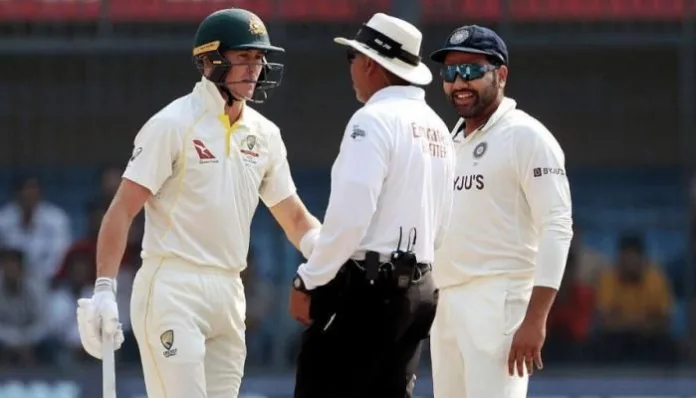The International Cricket Council (ICC) is getting rid of the soft signal in international cricket, starting from the World Test Championship final between India and Australia, which will be played at the Kennington Oval in London from June 7, 2023. The soft signal has caused a lot of arguments in the past. According to a report on Cricbuzz, the cricket committee led by Sourav Ganguly at the ICC has approved these changes.
Another change that was talked about in the ICC meeting is using floodlights when the natural light is not good enough due to bad weather conditions. India and Australia have already been told about this decision.
The soft signal rule permitted the umpire to decide before referring the case to the third umpire even when he wasn’t completely certain of the outcome of the event. In most situations, the third umpire was forced to rely on the on-field umpire’s judgment, which was likely influenced more by instinct than by any convincing evidence.
“ICC should get rid of the soft signal and let the 3rd umpire who has all the technology make the decision when the on-field umpires send it upstairs, all the controversy is always around the soft signal given. This isn’t a comment on the decision FYI (sic),” England captain Ben Stokes had earlier said about discarding the rule.
What does the soft signal rule mean?
According to ICC,
Soft Signal is the visual communication by the bowler’s end umpire to the third umpire (accompanied by additional information via two-way radio where necessary) of his/her initial on-field decision prior to initiating an Umpire Review.”
“Should both on-field umpires require assistance from the third umpire to make a decision, the bowler’s end umpire shall firstly take a decision on-field after consulting with the striker’s end umpire, before consulting by two-way radio with the third umpire. Such consultation shall be initiated by the bowler’s end umpire to the third umpire by making the shape of a TV screen with his/her hands, followed by a Soft Signal of Out or Not Out made with the hands close to the chest at chest height. If the third umpire advises that the replay evidence is inconclusive, the on-field decision communicated at the start of the consultation process shall stand.”
Stay updated with all the cricketing action, follow Cricadium on Facebook, Twitter, and Instagram












